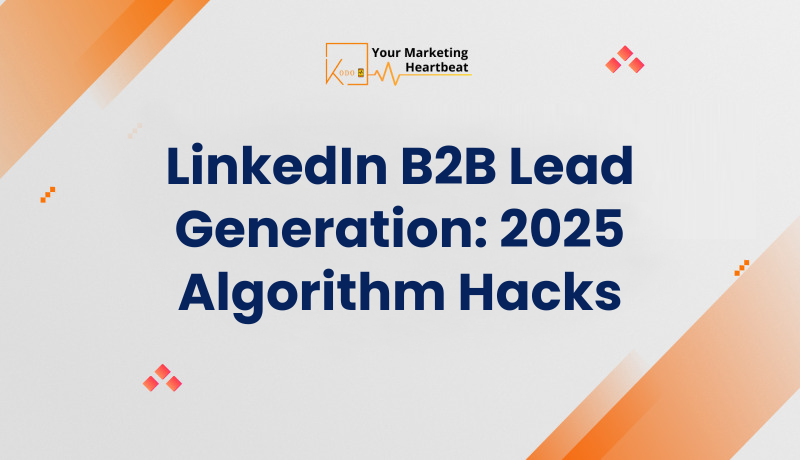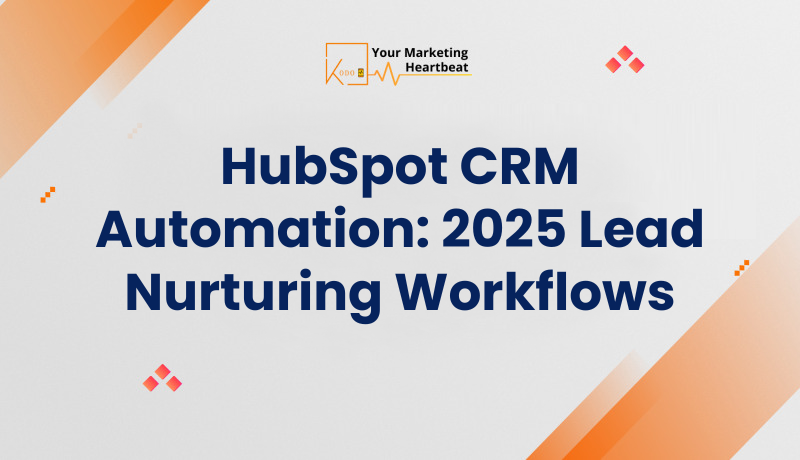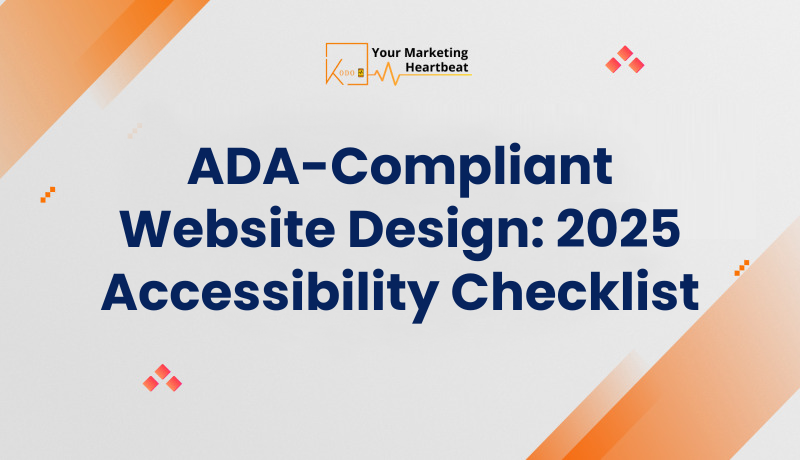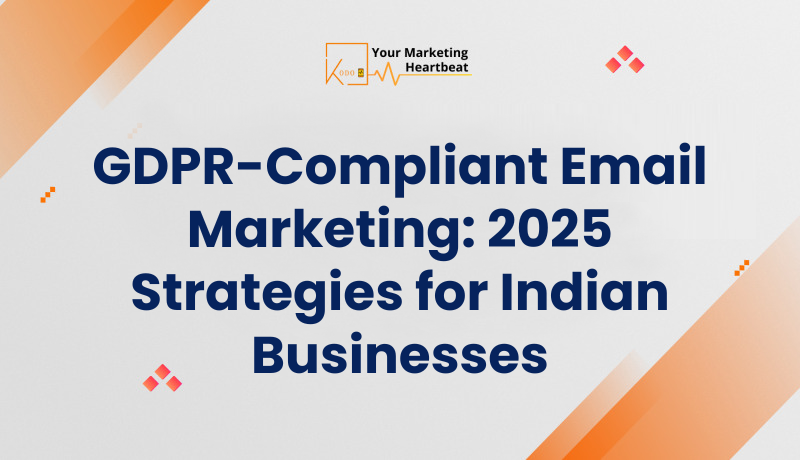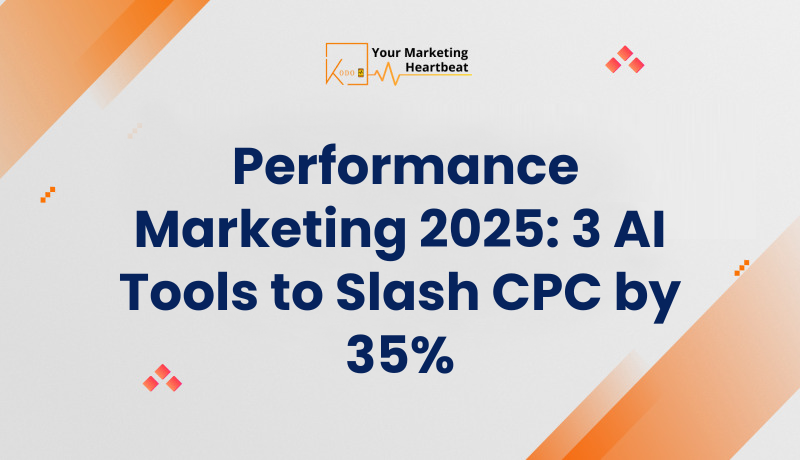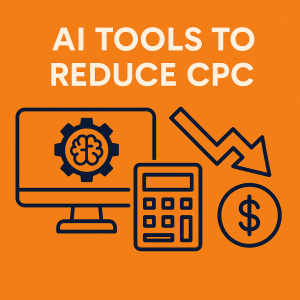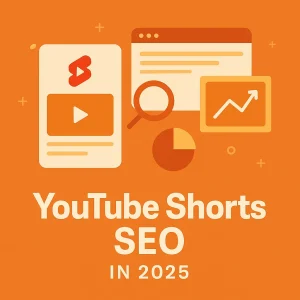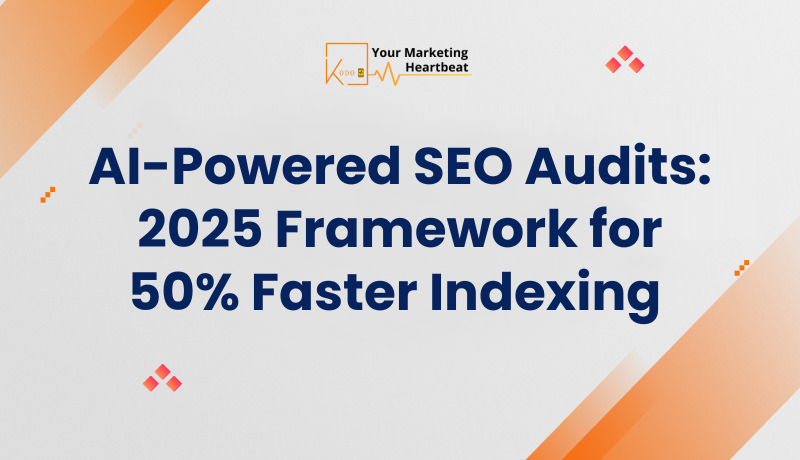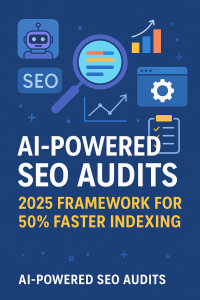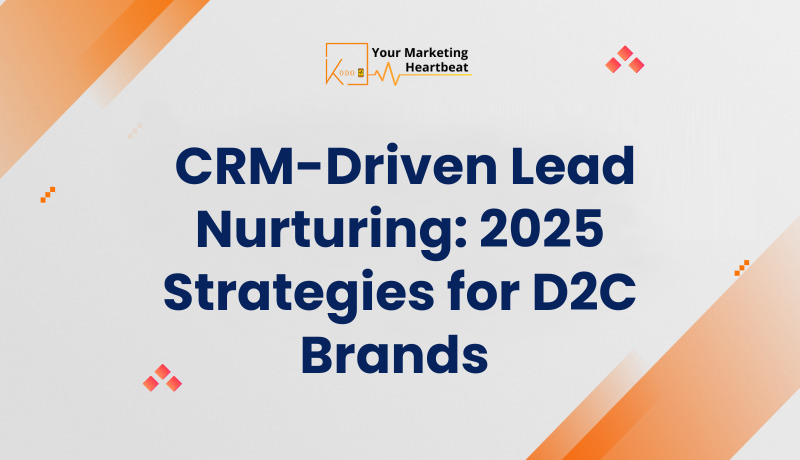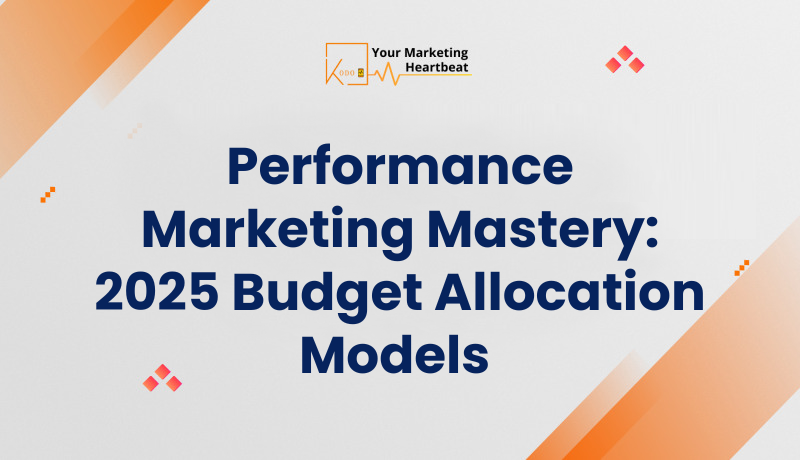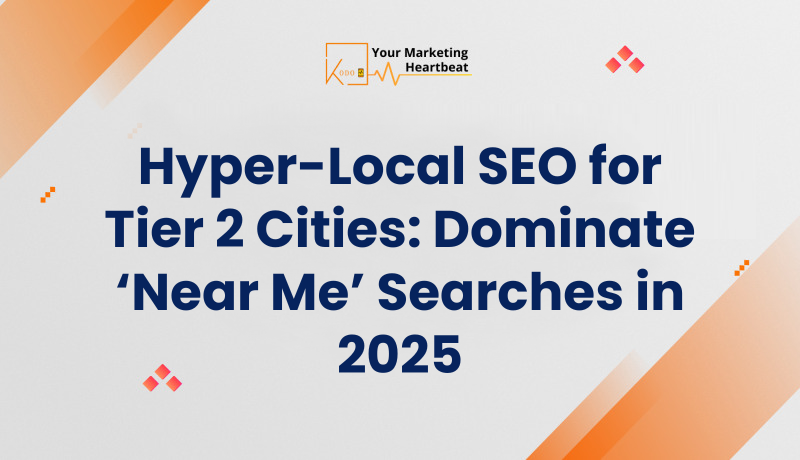
Hyper-Local SEO for Tier 2 Cities: Dominate ‘Near Me’ Searches in 2025
The digital landscape is rapidly evolving, and businesses in Tier 2 cities across India are beginning to recognize the immense potential of hyper-local SEO. As more consumers turn to their smartphones for immediate solutions, the demand for businesses that can cater to local needs has surged. In 2025, mastering hyper-local SEO will not just be an advantage; it will be essential for survival. This article will delve into the nuances of hyper-local SEO, its significance for Tier 2 cities, and actionable strategies to enhance your online presence.

Table of Contents
- What is Hyper-Local SEO?
- Why Tier 2 Cities Matter in 2025
- Optimizing Google Business Profile
- Voice Search & “Near Me” Intent
- Local Citations and NAP Consistency
- AI Tools for Hyper-Local Keyword Research
- Real Examples or Strategies for Retailers/Service Providers
- Conclusion
What is Hyper-Local SEO?
Hyper-local SEO is a specialized approach to search engine optimization that focuses on targeting potential customers in very specific geographic areas. Unlike traditional local SEO, which may target broader city-wide searches, hyper-local SEO zeroes in on neighborhoods, streets, or even blocks. This precision is crucial as consumers increasingly seek immediate solutions to their needs.
Key Features of Hyper-Local SEO
- Localized Keywords: Incorporating specific geographic terms into your content helps search engines understand your business’s location.
- Mobile Optimization: With the rise of mobile searches, ensuring your website is mobile-friendly is vital for capturing local traffic.
- Community Engagement: Building relationships with local organizations and participating in community events can enhance your visibility.
By focusing on hyper-local SEO, businesses can ensure they appear in search results that are contextually relevant to users’ exact locations, thus increasing foot traffic and conversion rates.
Why Tier 2 Cities Matter in 2025
As we look ahead to 2025, Tier 2 cities in India are poised to become significant players in the digital economy. With increasing internet penetration and smartphone usage, these cities are witnessing a shift in consumer behavior.
The Growing Market
- Rising Population: Tier 2 cities are experiencing rapid urbanization, leading to a growing consumer base.
- Increased Disposable Income: As the economy grows, residents in these cities have more disposable income to spend on local businesses.
- Shift in Consumer Behavior: More consumers are turning to online searches for local services, making it imperative for businesses to optimize their online presence.
By focusing on hyper-local SEO, businesses in Tier 2 cities can tap into this burgeoning market and establish themselves as leaders in their respective fields.
Optimizing Google Business Profile
One of the most critical components of hyper-local SEO is optimizing your Google Business Profile (GBP). This free tool allows businesses to manage their online presence across Google, including Search and Maps.
Essential Elements for Optimization
- Accurate NAP Information: Ensure your business name, address, and phone number are consistent across all platforms.
- Updated Business Hours: Regularly update your hours of operation to reflect any changes.
- High-Quality Images: Use engaging images that showcase your products or services to attract potential customers.
- Keyword-Rich Description: Write a compelling business description that includes relevant keywords to improve your visibility.
By optimizing your GBP, you can significantly enhance your chances of appearing in local search results, driving more traffic to your business.
Voice Search & “Near Me” Intent
The rise of voice search has transformed how consumers seek information. Phrases like “near me” have become commonplace, and businesses must adapt to this trend.
Strategies to Capture Voice Search Traffic
- Conversational Keywords: Use natural language and phrases that people are likely to speak when searching for your services.
- FAQ Pages: Create content that answers common questions related to your business, as these are often the queries users voice.
- Local Schema Markup: Implementing local schema markup on your website can help search engines understand your business better and improve your chances of appearing in voice search results.
By aligning your content with voice search trends, you can capture a larger audience looking for immediate solutions.
Local Citations and NAP Consistency
Local citations, which are mentions of your business on various online platforms, including directories and social media, play a crucial role in establishing your business’s credibility and authority.
Importance of NAP Consistency
- Trustworthiness: Consistent NAP information across all platforms builds trust with both consumers and search engines.
- Improved Rankings: Search engines use citations as a ranking factor, so maintaining consistency can positively impact your local search rankings.
Steps to Build Local Citations
- List on Relevant Directories: Ensure your business is listed on popular local directories and platforms.
- Monitor and Update Listings: Regularly check your listings for accuracy and update them as needed.
- Remove Duplicate Listings: Duplicate citations can confuse search engines and harm your rankings.
By focusing on local citations and NAP consistency, you can enhance your business’s visibility and credibility in local searches.
AI Tools for Hyper-Local Keyword Research
In the age of digital marketing, leveraging technology can give you a competitive edge. AI tools can help you identify hyper-local keywords that resonate with your target audience.
Recommended AI Tools
- Google Keyword Planner: A free tool that helps you find relevant keywords and their search volumes.
- SEMrush: Offers insights into keyword trends and competitor strategies.
- Ahrefs: Provides comprehensive keyword research tools to help you identify opportunities in your niche.
By utilizing these tools, you can uncover valuable insights that will inform your content strategy and improve your hyper-local SEO efforts.
Real Examples or Strategies for Retailers/Service Providers
To illustrate the effectiveness of hyper-local SEO, let’s explore some successful strategies employed by businesses in Tier 2 cities.
Case Study: A Local Bakery
- Localized Content: The bakery created blog posts about local events and seasonal offerings, incorporating vernacular keywords to connect with the community.
- Community Engagement: They participated in local fairs and sponsored events, which helped them gain backlinks from local news sites.
Case Study: A Service Provider
- Targeted Google Ads: The service provider ran targeted ads focusing on specific neighborhoods, driving traffic to their website.
- Customer Reviews: They actively encouraged satisfied customers to leave reviews on their Google Business Profile, enhancing their credibility.
These examples demonstrate how businesses can effectively implement hyper-local SEO strategies to increase visibility and drive sales.
Conclusion
As we move towards 2025, the importance of hyper-local SEO for businesses in Tier 2 cities cannot be overstated. By optimizing your Google Business Profile, adapting to voice search trends, maintaining NAP consistency, and leveraging AI tools for keyword research, you can position your business for success in the competitive digital landscape.
Embrace the power of hyper-local SEO to connect with your community, enhance your online presence, and ultimately drive growth. The time to act is now—let’s ensure your business is ready to dominate local searches!

